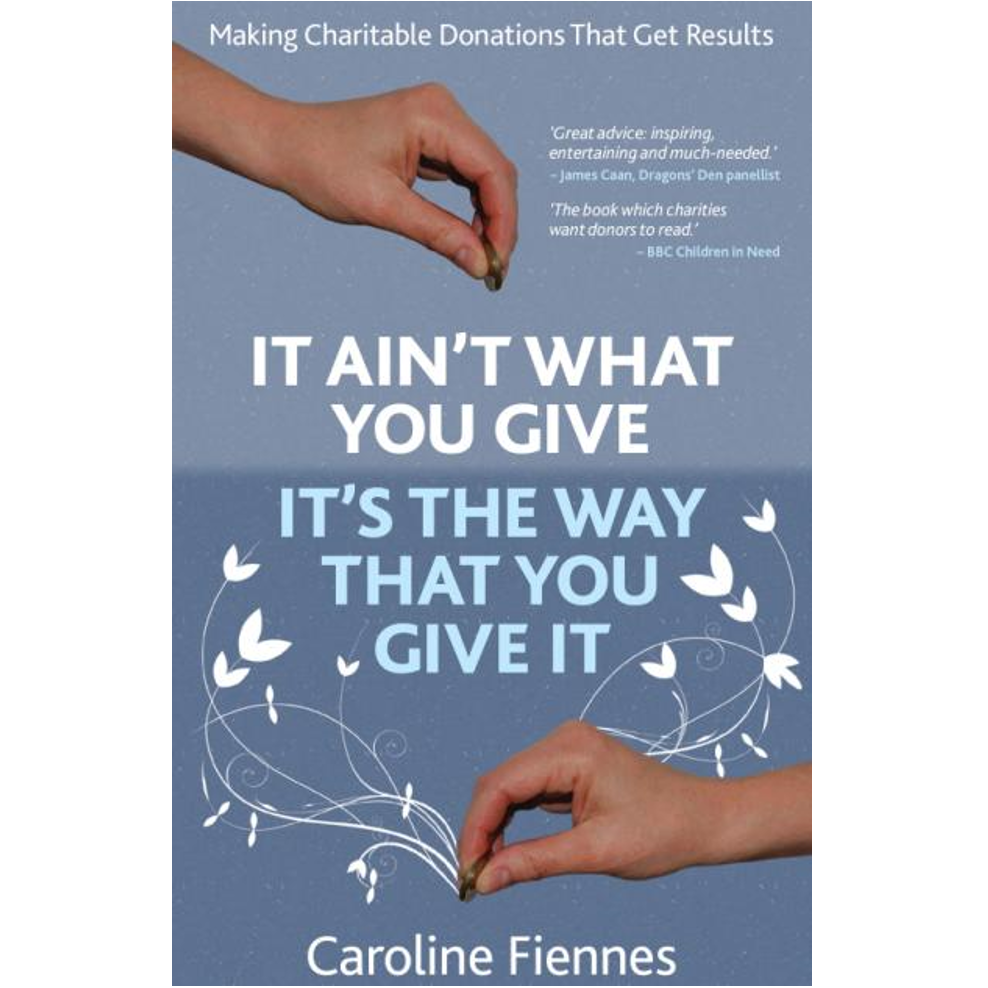Remarkably little is known reliably about how to do philanthropy well – how to use it to achieve particular aims – despite philanthropy’s long and varied history. Giving Evidence (and others) is trying to fix this – to create reliable data and insight about which ways of giving work best in particular situations. And we have a new analysis underway to that end.
Donors choose (often unwittingly) between various ways of giving, e.g.,
- being hands-on vs. hands-off
- working solo vs. with other donors
- whether to make many small grants vs. few larger ones
- how and whether the grant is tracked
- whether the donor gives, lends or invests
- how grantees are chosen – how prospective grantees are sourced, the selection criteria, the application process, who’s involved in the selection process
- and so on.
Probably some grants work out better than others. It would be useful to know which types of grant work out best in which circumstances. {We have now heard two stories of funders whose application processes are no better than random in terms of predicting grantee success, and one where one stage of the application process reduces the accuracy of predictions of grantee success. It’s worth knowing how to judge applications!}
A method for researching this was pioneered by the Shell Foundation on its 10th anniversary. It went through its ‘back catalogue’ of grants, scoring them for how successful they turned out to be, and then looking for what the successful ones had in common vs. the unsuccessful ones. (Answer: small, hands-off grants, made through applications, and selected via a paper-based process were hopeless.)
Giving Evidence is working with one foundation to analyse its ‘back catalogue’ and see what can be learnt. We will report back on what we find.
We hope to repeat this analysis with many other funders, to build up a picture of what works best in various types of situation. The Shell Foundation analysis showed what works for supporting social enterprises to scale – that may or may not be true for other goals.
This type of analysis is essentially a retrospective cohort study: looking at what happened to a particular ‘cohort’ (group) of grantees. It is not an experiment. But much has been learnt from cohort studies, e.g., they were instrumental in establishing the link between lung cancer and smoking.
This is part of our work to create a science of philanthropy: to establish via rigorous evidence, what works best, and when in doing philanthropy.

The effectiveness of the giving defines the gradient. In our work with the University of Chicago, we laid out the various choices that donors make (about the various ways of giving), what is known about how & whether those choices affect effectiveness (ie., the gradient), and we suggested a research agenda for addressing the unanswered questions. This analysis of ‘back catalogues’ is part of that work.
We will report back.



Pingback: What makes philanthropy succeed? – potentially revealing analysis | Giving Evidence – Rational Giving